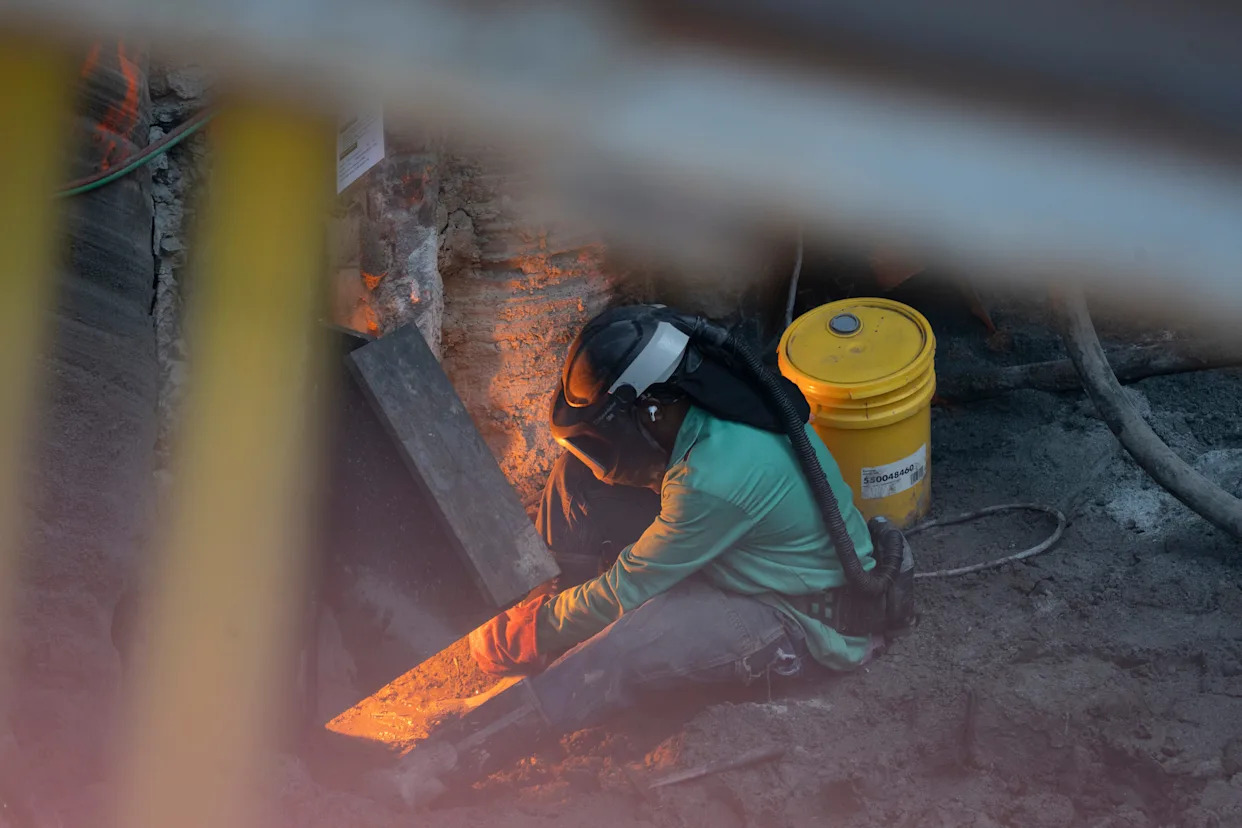Michigan is grappling with a concerning surge in workplace fatalities, as state officials confirm three additional recent deaths, elevating the total number of individuals killed on the job in 2025 to 23. These tragic incidents underscore the persistent challenges in maintaining robust Michigan workplace safety standards across various industries, prompting renewed focus on the critical need for comprehensive preventative measures and stringent enforcement by regulatory bodies.
One of the confirmed fatalities involved a 59-year-old dairy and frozen food worker at a Mt. Pleasant Meijer, who tragically died on July 22. The worker sustained fatal head injuries after falling from a stand-up powered industrial truck while unloading stock from a semi-truck trailer. This incident highlights the inherent dangers associated with material handling equipment and emphasizes the importance of secure operating procedures to prevent such severe industrial accidents.
Another grim report from July 27 detailed the death of a 34-year-old senior researcher in Holland. This individual was in the process of installing and configuring machinery at a customer site when the equipment unexpectedly activated, crushing the victim between its frame and lifting mechanism. Such devastating occurrences necessitate thorough MIOSHA investigations into equipment safety failures and the adequacy of on-site supervision during installation processes.
The third recent death, occurring on July 28 in Wellston, involved a 61-year-old propane delivery driver. The driver suffered extensive burns over their entire body when a propane tank caught fire on June 12, succumbing to their injuries weeks later. This particularly harrowing incident serves as a stark reminder of the extreme hazards present in industries dealing with flammable materials and the absolute necessity of rigorous safety protocols and personal protective equipment to mitigate workplace hazards.
The Michigan Occupational Safety and Health Administration (MIOSHA) is actively investigating these and other worker fatalities, aiming to determine the precise circumstances that led to each death and identify any regulatory violations. These ongoing MIOSHA investigations are crucial for accountability and for informing future safety guidelines designed to prevent similar tragedies. Each case is meticulously reviewed to understand the chain of events and implement corrective actions.
Comparing the current statistics, Michigan has now seen 23 worker deaths in 2025. This figure represents a significant increase from previous years, where 16 deaths were reported through June of this year, and 12 worker deaths occurred in the first six months of the prior year. The escalating numbers of worker fatalities indicate a troubling trend that demands immediate and sustained attention from employers, employees, and state regulators alike, underscoring the vital role of continuous improvement in occupational health standards.
The gravity of these losses extends beyond mere statistics, impacting families, communities, and the wider workforce. Every death represents a profound personal tragedy and a collective failure to ensure a safe working environment. These incidents underscore the urgent need for enhanced awareness, stricter adherence to safety regulations, and proactive measures to identify and eliminate potential workplace hazards before they claim more lives.
As authorities continue their efforts to understand these devastating events, the focus remains firmly on reinforcing the paramount importance of occupational health and safety. The collective responsibility of employers to provide secure workplaces and employees to follow established protocols cannot be overstated. Only through a concerted effort can the rising tide of worker fatalities be stemmed, ensuring that every individual returns home safely at the end of their workday.






Leave a Reply